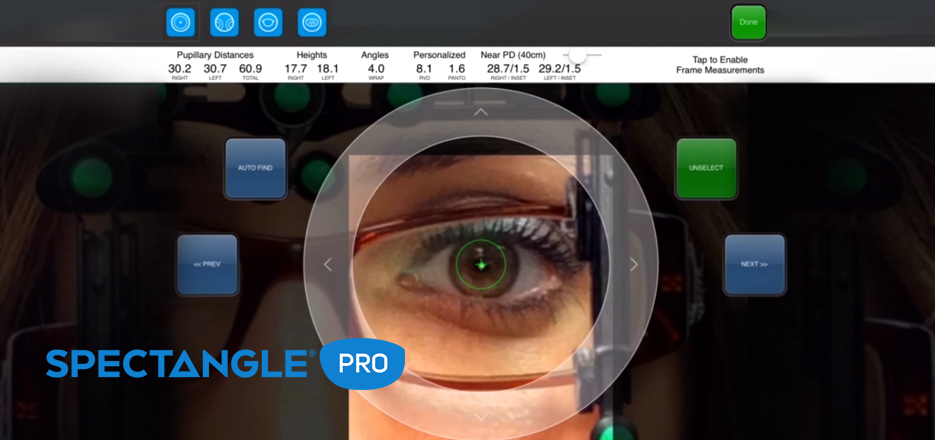Investing in modern technology for your practice isn’t just about your yearly budget and profitability, it’s about your time. You can throw money at something amazing and new that no one else has, but if you don’t invest the time to learn it, to implement it, and to utilize it, then you will never get any value or return on that investment. You could have spent the money on a bunch of Powerball tickets and the effect would be the same.
To illustrate the point, think back to the days when computers first entered offices. Many people used their personal computers like a giant expensive calculator or a slightly more convenient typewriter. It wasn’t until offices really invested the time to ask themselves how to use these machines that they became part of our everyday office.
Investing the Time to Learn
When it comes to implementing new technology, it’s important to dive in to learn it, add it to existing processes, and make it a part of your toolkit. When done the right way, it can feel easy. When done the wrong way, it can be a cumbersome process.
Our tech reference guide will help you get started.
To avoid the extra hurdles, start with these steps:
1. Assign a Champion
Assign the task of learning the new tool to someone who gets excited about technology and will benefit most from it. They can learn the tool and help teach the rest of the practice.
2. Set Time Aside
Make it a priority for your entire team to learn the tool. Don’t just shove its implementation into your busiest week. This will help ensure no one’s attention is diverted.
3. Make It Required
Rip the band-aid off and set a timeline for when the new tool needs to be used in every exam, or wherever the technology is applicable. A timeline helps to ensure everyone knows what’s expected of them.
4. Communicate With Your Team
Sometimes the rest of your practice will be part of the decision, other times they won’t. Communicate early about the new technology, don’t surprise anyone. Explain why a process is changing and how excited you are.
If you can do these four steps, then you’ll have a smoother implementation and ensure you are getting the most value from your tool.
Think Creatively
Sometimes a tool takes time to learn, or master. Spectangle PRO is a great example as it’s easy to learn, but does take some practice to become second-nature. While the measurement tool is meant for progressive lens users, our culture is obsessed with cool technology. In the moments where you have some time to kill with a single vision patient or a team member, practice on them!
If you can think of creative ways to practice and use your new technology, it can lend itself to helping build your state-of-the-art brand.
Never Stop At Money
Implementing any new technology, whether it’s an application that’s part of your exams and eye care process like Spectangle PRO, or a new invoicing and point-of-sales system, it’s important to think about each investment as a monetary one and a time commitment. If you only ever invest the money, then the effectiveness, or lack thereof, of the product is on you.


